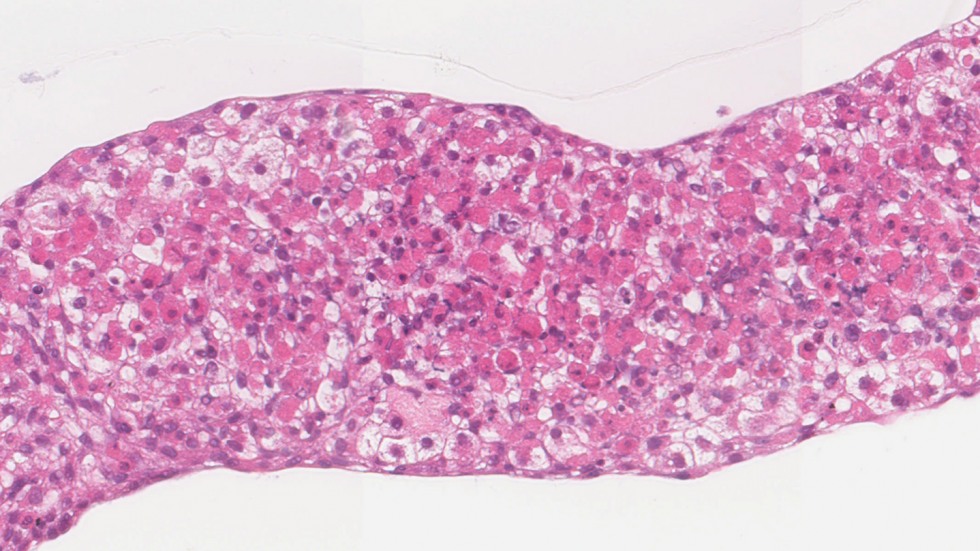Division of Biology and Medicine
Center for Alternatives to Animals in Testing
Two-Compartment Liver
The Boekelheide lab in collaboration with the Morgan lab has developed a two-compartment liver microtissue system that measures the toxic effect of liver metabolites.
Two-Compartment Liver
The Boekelheide lab in collaboration with the Morgan lab has developed a two-compartment liver microtissue system that measures the toxic effect of liver metabolites.
Two-Compartment Liver Microtissues
- The Boekelheide lab, in collaboration with the Morgan lab, has developed a two-compartment liver microtissue system that measures the toxic effect of liver metabolites.
- Chemicals or drugs that are ingested immediately circulate to the liver where they are metabolized by the liver. In most cases, the liver’s metabolic enzymes convert the chemical or drug to a non-toxic form. But in some instances, the reverse happens, liver metabolism transforms a non-toxic chemical or drug into a toxic form.
- The two-compartment system addresses this issue. The first compartment contains a ring-shaped liver microtissue comprised of human liver cells (HepaRG). The second compartment contains a single target 3D microtissue or target cells in 2D that will respond if a toxic metabolite is produced by the liver microtissue in the adjacent compartment.
- Both compartments are in a single well of a 96-well plate and because they are formed in agarose, chemicals are free to diffuse between both compartments.
- To measure liver-generated toxicity, a chemical or drug is added to the well. If the liver microtissue converts it into a toxic metabolite, that metabolite diffuses into the compartment containing the target tissue and produces its toxic effects. An adverse response by the target tissue indicates that a chemical or drug has been converted into a toxic metabolite.
- We are using the two-compartment model to screen for the toxic effects of liver metabolites.

1
of
2
The first compartment contains a ring-shaped liver microtissue comprised of human liver cells (HepaRG). The second compartment contains a single target 3D microtissue.

2
of
2
Hematoxylin and Eosin (H&E) staining of liver toroid.
Investigators
-

Kim Boekelheide, MD, PhD
Associate Director of the Center for Animal Alternatives in Testing, Professor of Medical Science, Department of Pathology and Laboratory Medicine -

Blanche Ip, PhD
Assistant Professor of Pathology and Laboratory Medicine -

Jeffrey Morgan, PhD
Donna Weiss ’89 and Jason Weiss Director of the Center for Alternatives to Animals in Testing, Professor of Medical Science, Department of Pathology and Laboratory Medicine